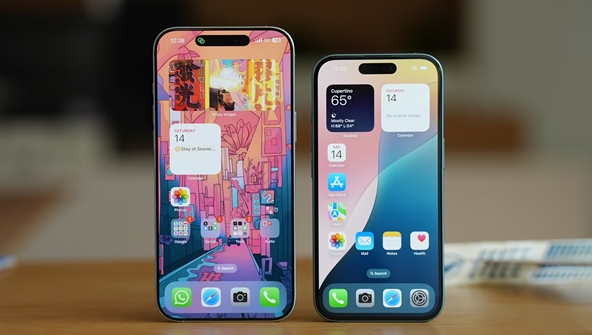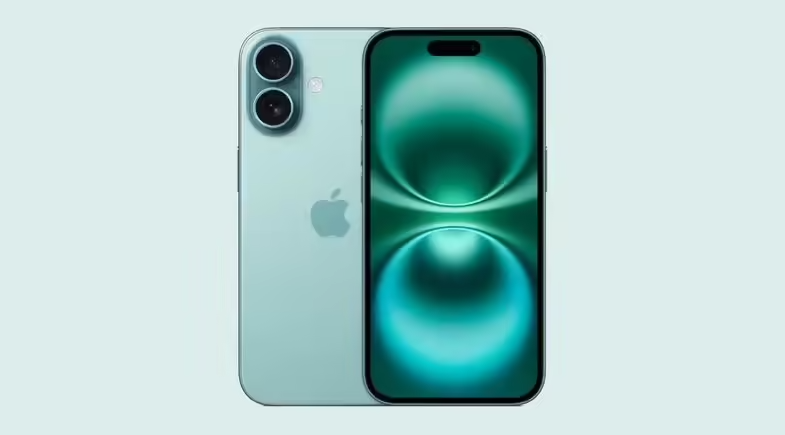iPhone 17 Series Unveils Features: Goodbye to a Two-Year Configuration!
![]() 02/19 2025
02/19 2025
![]() 343
343
Apple, undeniably, tops the list when it comes to smartphone manufacturers who frequently espouse environmental protection. This strategy has swiftly cultivated a premium brand image for the company. However, upon closer inspection, one finds discrepancies between Apple's claims and its actual practices. Bluntly put, environmental protection often serves as a pretext for Apple to bolster its revenue, leading to inconsistencies between its words and actions.
A prime example is the removal of the charger from the iPhone 12 in 2020. Apple justified this by stating that nearly 2 billion Apple chargers already exist globally, and including another would result in wasteful accessory production. If environmental protection were the genuine reason, many would disagree, considering that the same chargers continued to be sold in Apple's official stores for a considerable period. This move undoubtedly had an immediate impact on cost savings, amassing billions of dollars annually.

So, what new environmental measures will Apple adopt after ceasing to bundle chargers? Now, the spotlight shifts to the iPhone 17 Pro series. Both the iPhone 15 Pro and 16 Pro series featured titanium alloy frames, a significant contributor to their high price tags. However, once users became accustomed to this pricing, Apple made a significant shift. Reports indicate that the iPhone 17 Pro series will forgo titanium alloy frames in favor of aluminum ones.
The rationale provided is that titanium alloy has a higher carbon footprint (the greenhouse gas emissions generated from extraction to production, transportation, use, and disposal) compared to aluminum. To meet its 2030 carbon neutrality goal, Apple will discontinue the use of titanium alloy frames starting with the iPhone 17 Pro. What a noble reason! Personally, I suspect the actual motivation stems from titanium alloy's high cost and aluminum's ease of processing and lower cost. Consequently, the selling price remains unchanged, but lower-cost materials and simpler processes boost profits.

Frankly, this environmental justification lacks credibility. If Apple was aware of titanium alloy's higher carbon footprint, why did it adopt it with the iPhone 15 Pro? Furthermore, if a material change was inevitable, why not opt for stainless steel frames, known for their durability akin to the iPhone 14 Pro, instead of aluminum, which is less corrosion-resistant and prone to oxidation? The truth is that while stainless steel is cheaper and easier to process than titanium alloy, it is still more expensive than aluminum. Apple's motive with the iPhone 17 Pro series is transparent.
Had the entire series eschewed titanium alloy frames, some users might have genuinely believed it was an effort to reduce carbon emissions. However, insiders reveal that the ultra-thin iPhone 17 Air will still use titanium alloy frames. This suggests a strategic pricing maneuver. The pretense just torn down reveals a clear objective: cost reduction and efficiency enhancement, all while masquerading as environmental protection. This hypocrisy is unappealing.

The dilemma lies in the fact that Apple initiated the high-end trend of titanium alloy frames, and if it retreats, other manufacturers might follow suit. Will they too abandon titanium alloy frames?








